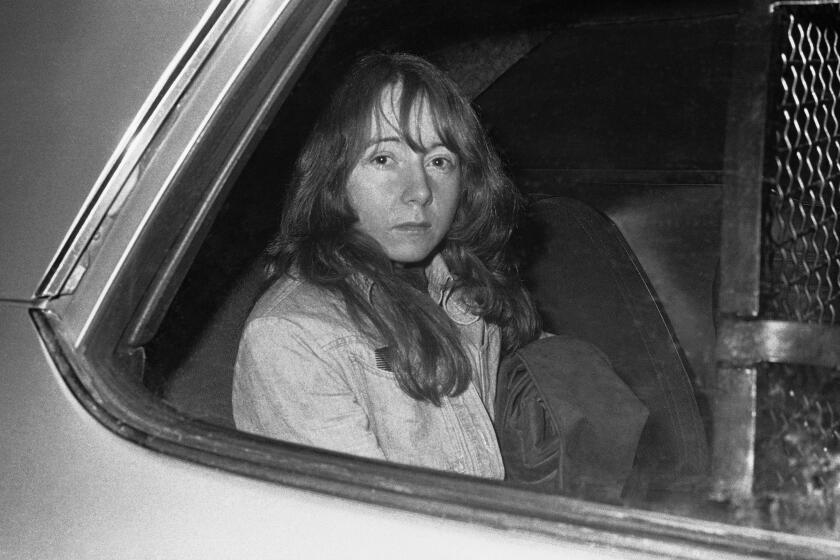Prison break
California’s leaders are faced with the job of under-funding the state’s already struggling schools and cutting services to the poor because of a chronic budget shortfall, exacerbated by the weak economy. But on the bright side, we stand to get a whole bunch of gleaming new prison buildings.
The federal receiver in charge of the state’s prison healthcare system has requested $7 billion to pay for seven new facilities for chronically sick or mentally ill inmates. The Legislature will have little choice but to go along because the receiver, J. Clark Kelso, is backed by the power of the federal bench, which can order the state to spend the money. This comes at a time when the shortfall has been projected at up to $16.5 billion, though it has since been reduced through borrowing and budget cuts.
Lawmakers are crying foul about the added burden on the budget, even though they have no one but themselves to blame. A prison crisis that combines overcrowding, a negligent healthcare program and a crumbling juvenile justice system has been worsening for three decades, during which time dozens of studies have chronicled the problems and pointed the way to solving them. The reports are now gathering dust on a shelf somewhere, ignored by lawmakers. Indeed, legislators and the electorate have decisively made matters worse by approving get-tough-on-crime initiatives that further cram prisons and do nothing to address conditions inside.
One of the latest studies, released in January 2007 by the independent state oversight agency known as the Little Hoover Commission, is a model of the form. It practically shrieked at lawmakers to implement the needed reforms, which include creating an independent sentencing commission that could lengthen terms for the most dangerous criminals while creating community-based options for nonviolent offenders, reinventing the state’s disastrously inefficient parole system and expanding prison-based drug rehabilitation and job-training programs.
A year later, the Legislature has acted on none of those recommendations. Its sole accomplishment on corrections was to approve $7.9 billion in new prison and jail construction. Kelso’s order demonstrates the inadequacy of this strategy: His call for $7 billion in bonds comes on top of what the Legislature has approved, and all this construction still may not satisfy a separate three-judge panel that is considering the overcrowding crisis and could order further spending. We simply cannot build our way out of this problem, especially because all these new facilities will add crushing operational expenses to future state budgets.
The only solution is to cut the prison population by implementing reforms such as those suggested by the Little Hoover Commission. And lawmakers might want to get on with it before they get hit with another whopping bill from the federal justice system. Delay and inaction have gotten us to this point; only the courage to act on these proposals will get us out.
More to Read
Get the L.A. Times Politics newsletter
Deeply reported insights into legislation, politics and policy from Sacramento, Washington and beyond. In your inbox three times per week.
You may occasionally receive promotional content from the Los Angeles Times.










